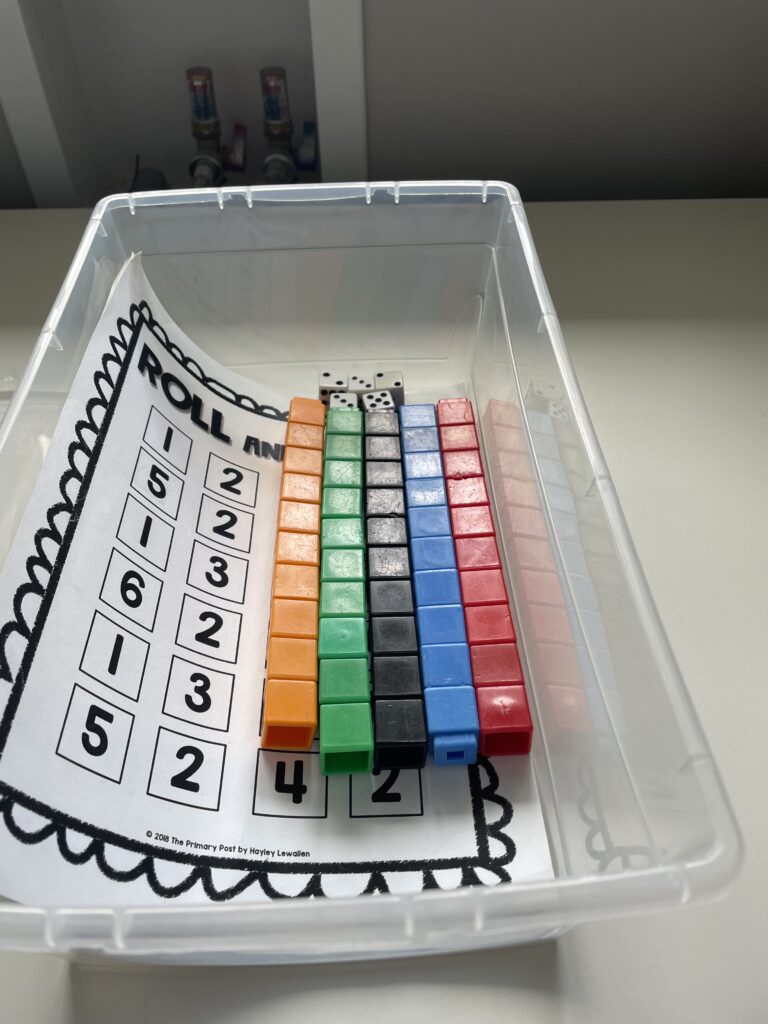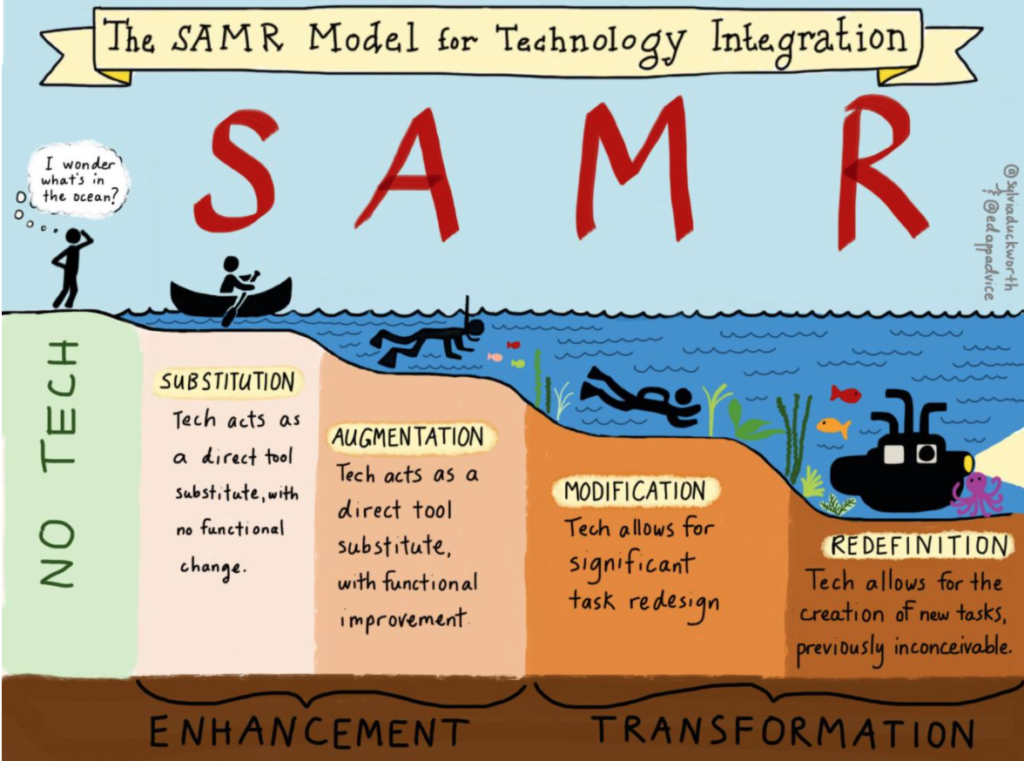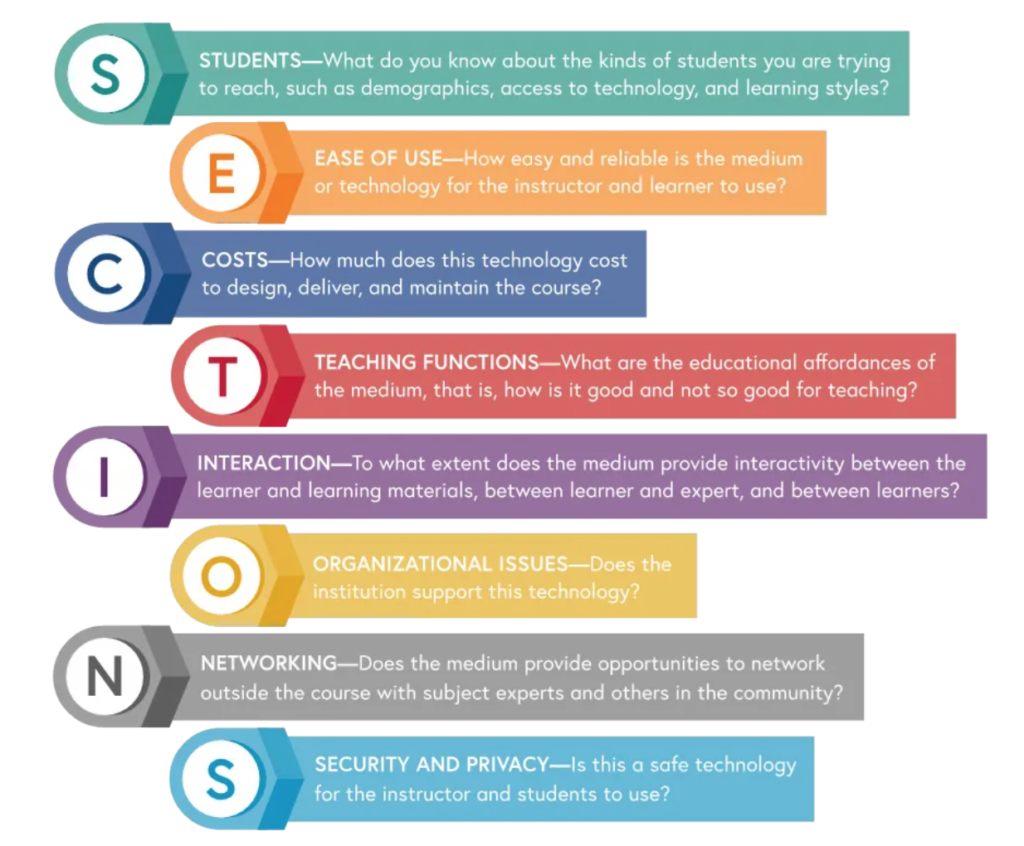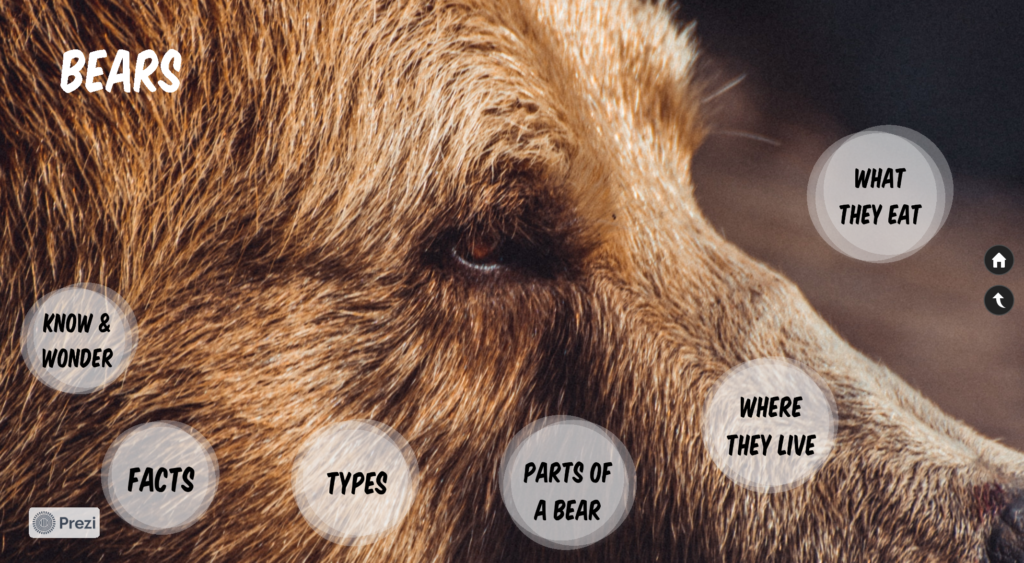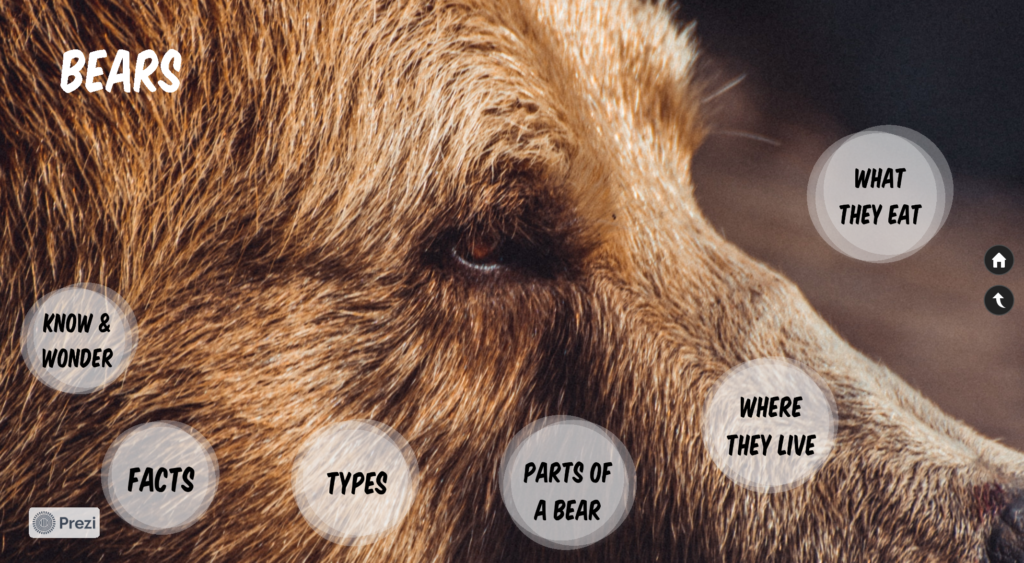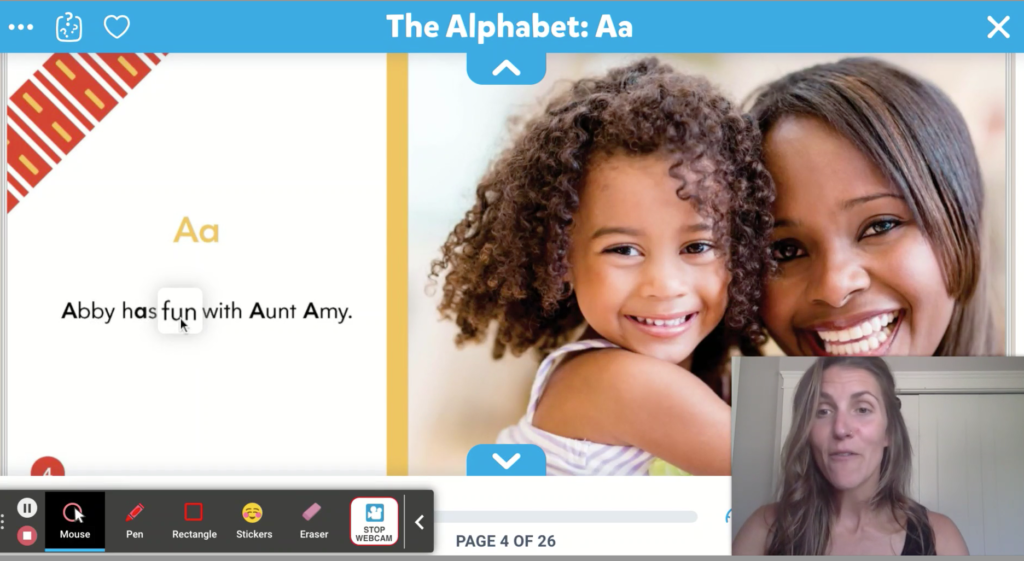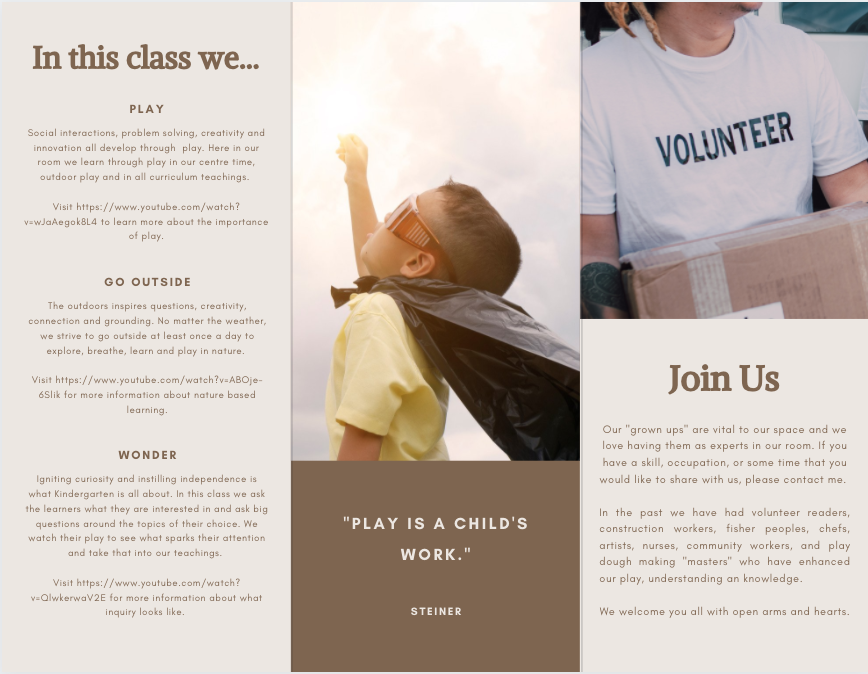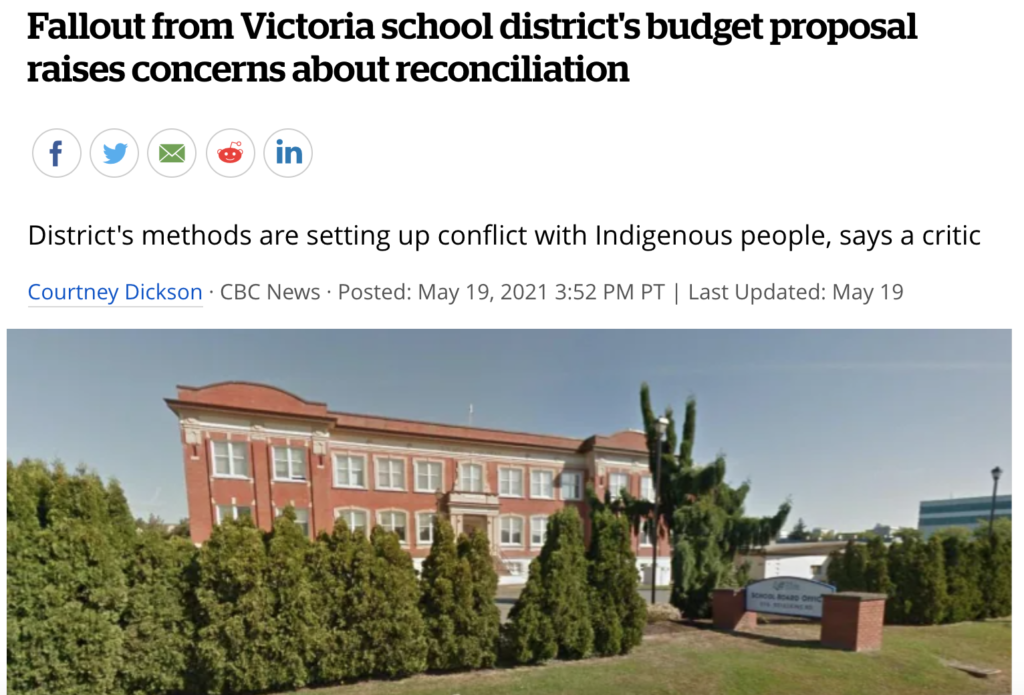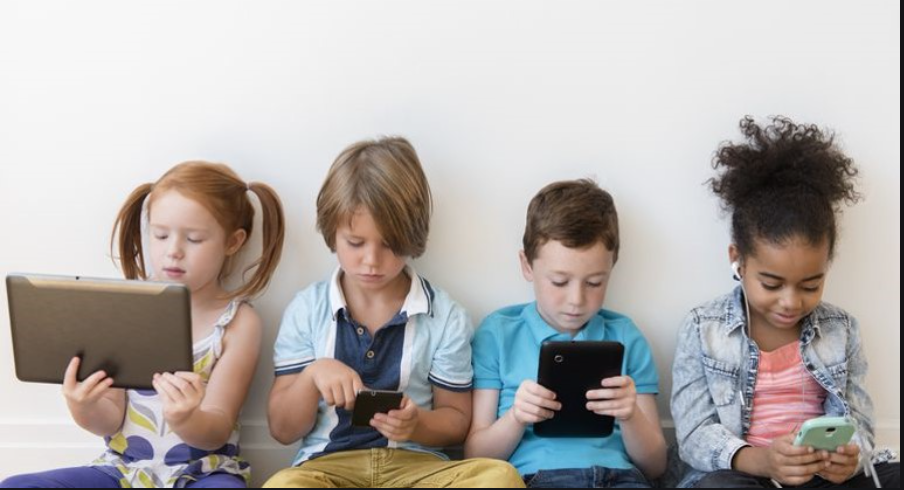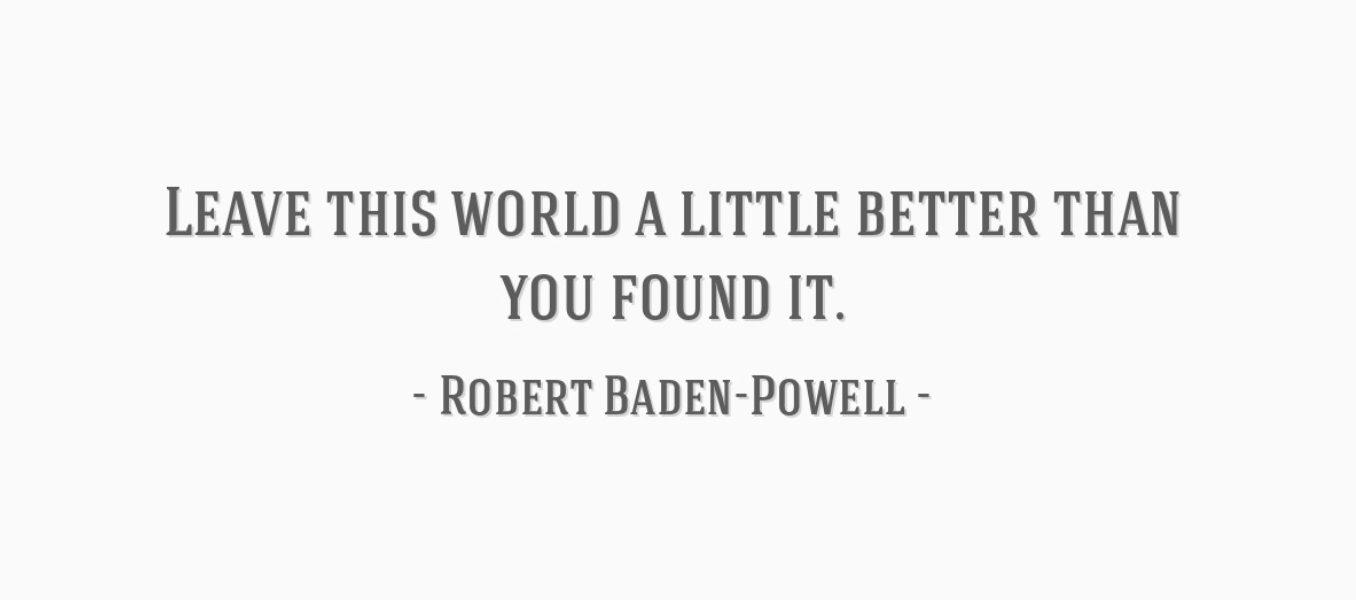I wanted to frame this final blog post as a reflection on my participation in the game “Badnews” and how I believe it was an exemplar of how information can be learned through a multimodal and joyful experience.
“Badnews” asks the user to make choices on what fake news to create, as well as to gain as many followers and merit as possible. While reflecting on the game, I realized that creating fake news gave me a purpose for the activity. I noticed that being able to make choices in what news I wanted to share or how I wanted to share it gave me autonomy and choice and that the goal of gaining followers and merit gave me incentive. You bet your bottom I was going to make the best fake news out there because stakes were low if I “failed” and because I was fully engaged and in a a learning experience that I was excited about. I realized quickly that, this is what learning ought to look and feel like.

Now, as you can see above, I don’t think I got the best score possible. However, I do know I retained the intended information. “Badnews” demonstrates how learning can be fun and can be set up in a way that we do not even know we are learning. It is a true example of how learning can be experienced in a play based way and still get the intended information through, perhaps, even better than other ways.
While playing the game, part of me did want someone to read me the writing or interact with me, rather than me having to read it all. I also noticed it was mostly all text and it would be difficult for readers who are not quite at that level.

That being said, if it were done in partners, one person could have read aloud to inform the rest. I also thought about sketchnoting after this week’s learning. I could not help but think about how more effective my learning would have been from Badnews if I had done a sketchnote about “How to make the Best Fake news” alongside the game. To be able to classify and define the six aspects of fake news; Impersonation, Emotion, Polarization, Conspiracy, Discredit, and Trolling through imagery and text in a way that suited me would have enhanced my understanding. Much like I have done in the sketchnote below.
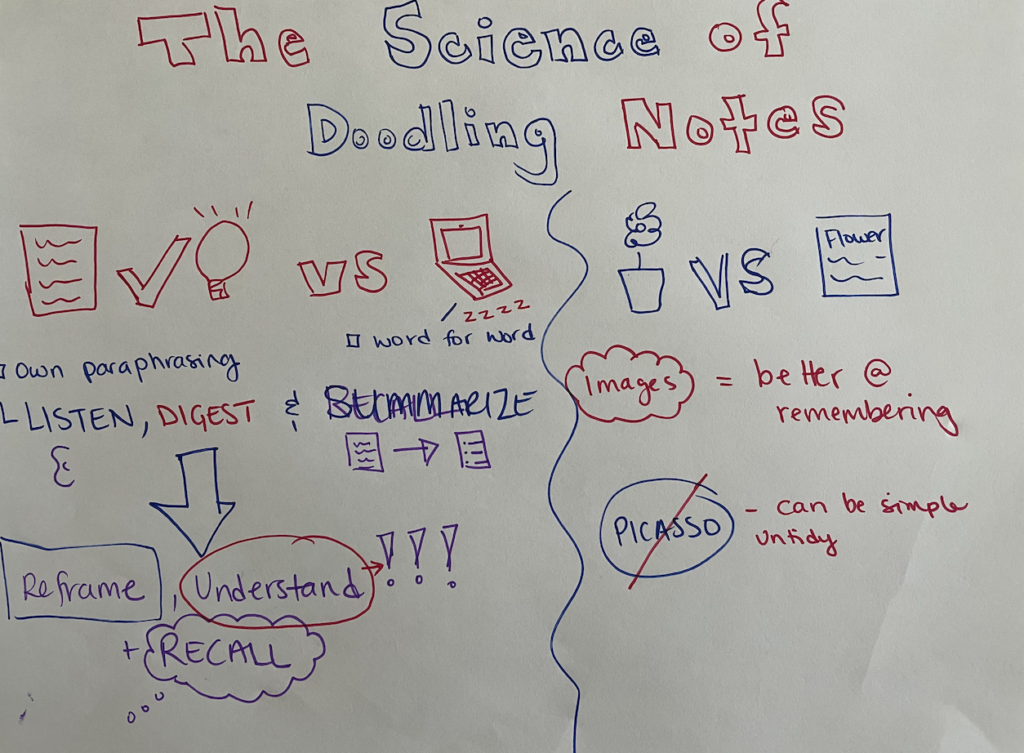
After experiencing this game and participating in all the hands on activities we were given in this course, as well as reflecting on my own practice, I am beginning to see what I can do to give my learners learners the best chance possible to retain and understand the intended information. If I provide a fun, purposeful, multimodal and interactive way for learners to interact with and create with , they will engage in a sort of flow with learning and sit in a place where they don’t even realize what is happening. This is what I want for all learners.

Citation
Won, Jayne. Made from Imgflip Meme Generator. https://imgflip.com/i/5e70f7



